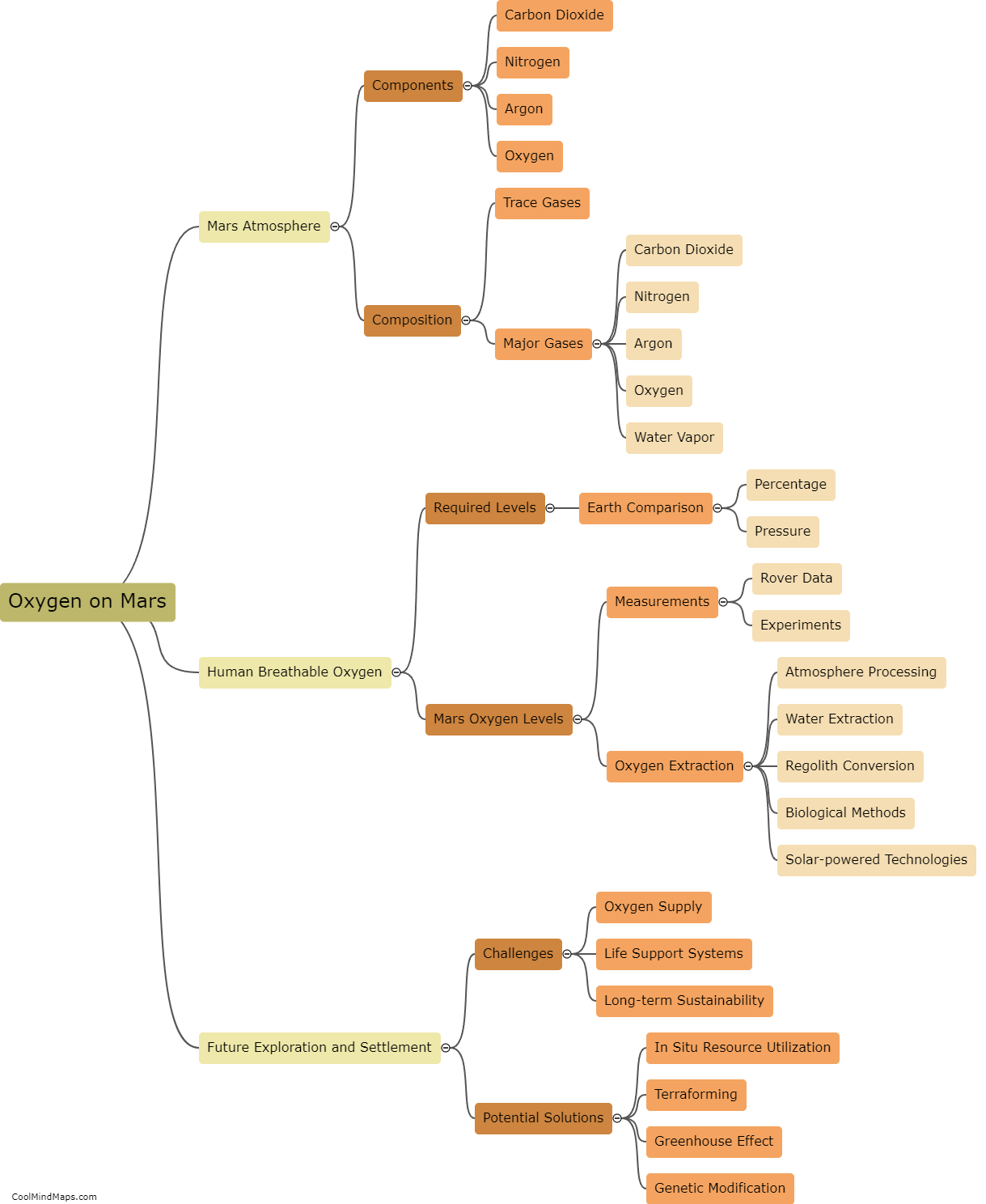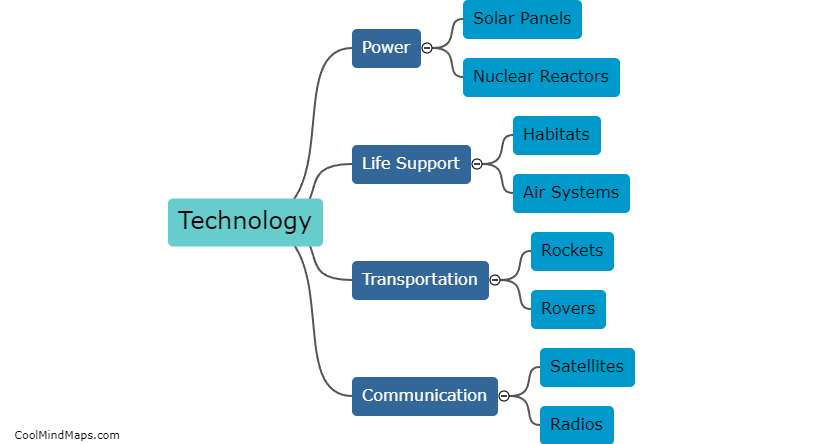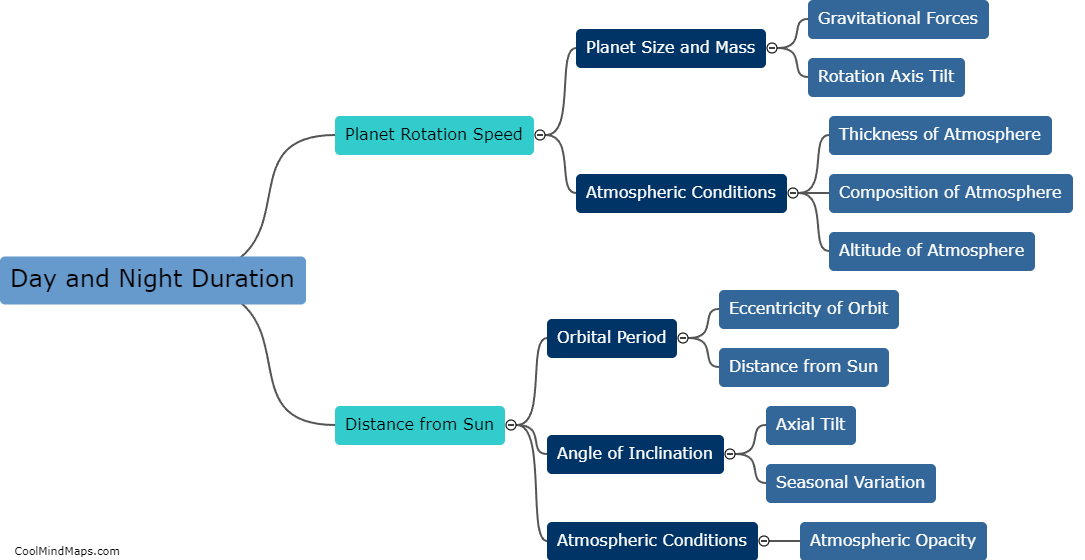How do the lengths of days and nights vary on different planets?
The lengths of days and nights on different planets vary significantly due to their unique rotational speeds and axial tilts. Earth experiences roughly 24 hours of daylight and darkness due to its rotation taking approximately 24 hours. However, other planets in our solar system have different rotation speeds. For example, Mercury has a slow rotation, resulting in long days and nights that last about 176 Earth days. Venus, on the other hand, has an extremely slow rotation, causing its day and night to last about 117 Earth days. Mars has a day that is slightly longer than Earth's, lasting about 24 hours and 37 minutes. The gas giants, such as Jupiter and Saturn, have remarkably short days due to their rapid rotation, with Jupiter's day lasting about 9.9 hours and Saturn's day lasting about 10.7 hours. Overall, the lengths of days and nights on different planets vary significantly depending on their individual rotational speeds and axial tilts.

This mind map was published on 13 October 2023 and has been viewed 112 times.











